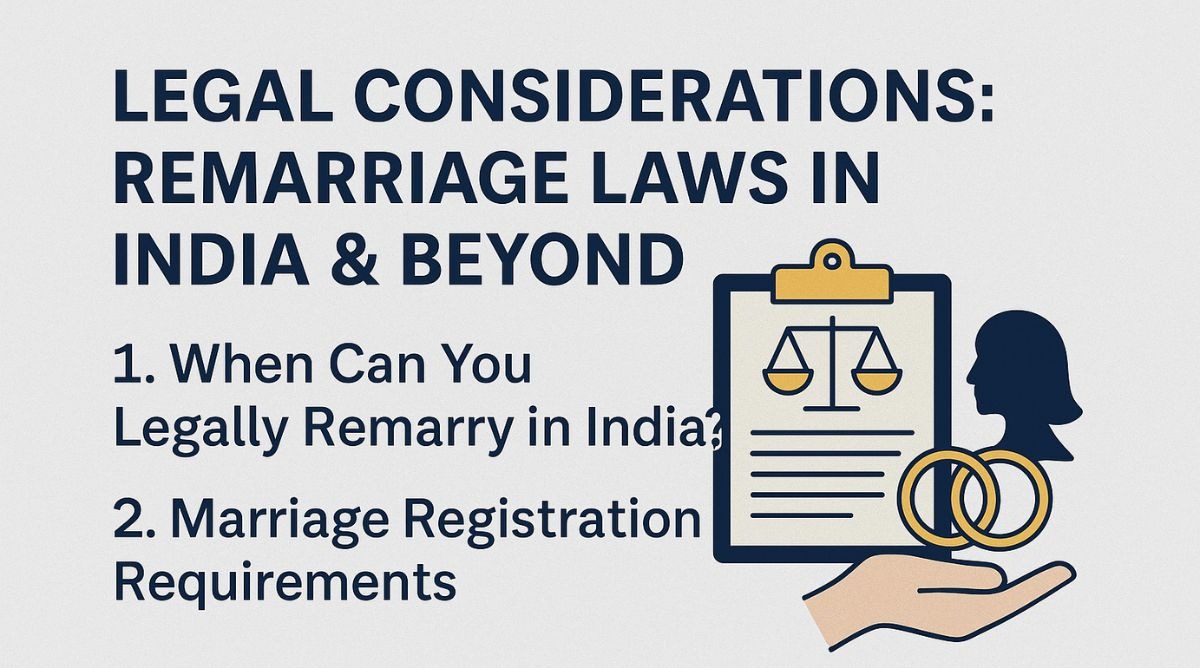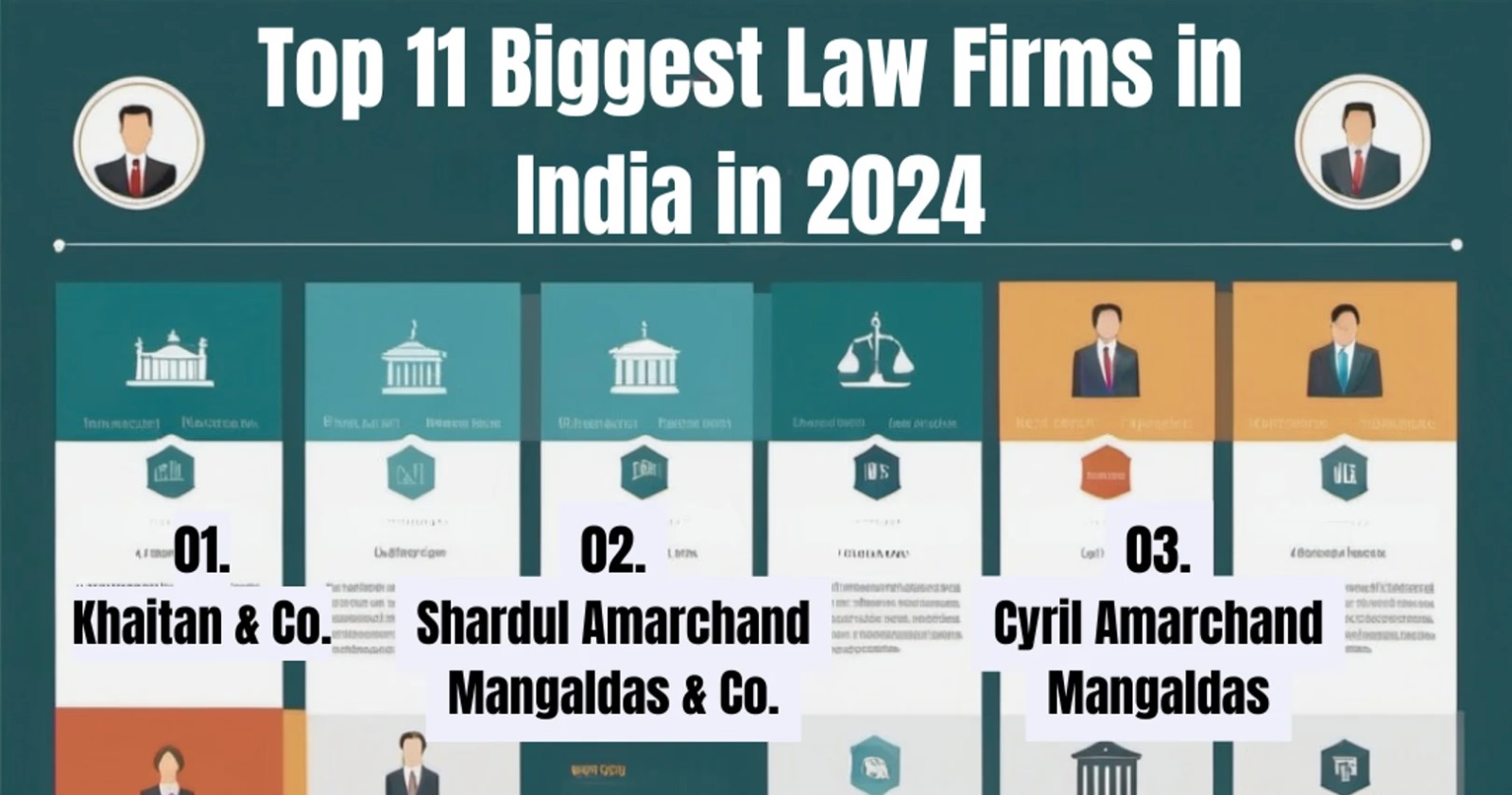K. T. Thomas J.
1. The basic question posed in both these Original Petitions is the same and hence disposal of one will in effect be disposal of other. Facts in the second O.P, alone are sufficient in this judgment. A settlement was signed by leaders of most of the trade unions representing the employees of the Hindustan Latex Ltd., Trivandrum (hereinafter referred to as ''the Company'') and the management of the Company in proceedings initiated by the District Labour Officer, as Conciliation Officer. A copy of that settlement is Ext. P5. The Company prepared and published a seniority list of casual workers pursuant to Ext. P5 and issued a notice calling for objections on the criteria adopted in preparing the seniority list. Ext. P6 is the notice issued by the General Manager of the Company calling for such objections. The direction prayed for in the Original Petition is to quash Exts. P5 and P6.
2. The petitioner in the main Original Petition is "Hindustan Latex Casual Labours "Union" which is said to be representing S3 casual workers of the Company. In Original Petition No. 2576/82, the counsel for the Company submitted that the policy of engaging casual labourers only through Employment Exchange will continue subject to the right of the Company to prescribe qualifications. That Original Petition was disposed of recording the assurance given by the counsel for the Company that only such of those persons whose names are sent up by the Employment Exchange and who are possessed of the prescribed qualifications will be given employment by the Company. That Original Petition was disposed of on 28-11-1984. The petitioner states that the Company has ousted all those who were appointed otherwise than through Employment Exchange even before the judgment was pronounced in the said Original Petition, The management prescribed the qualification as S.S.L.C. or I.T.I, for the candidates to be appointed in the Company. Thereafter members of the petitioner-union were selected and appointed in the Company. It is alleged that the Company later gave employment to those who were ousted from the Company and they were sought to be placed above the 53 persons of the petitioner-union in the order of seniority-When this was taken exception to by the petitioner-union, an agreement was arrived at between the management of the Company and the members of two other trade unions. Due to objections of the petitioner to the terms of the agreement, conciliation proceedings were initiated at the instance of the management and the other trade unions. In the conciliation proceedings petitioner was not amenable to agree to the terms of the settlement. Hence the office bearers refused to affix signature in the memorandum of settlement. But the Conciliation Officer called it a settlement on the ground that he was convinced that the parties who signed the settlement represented the majority of the casual labourers of the Company and that the terms thereof are fair and beneficial to the employees. The Conciliation Officer made a note at the foot of the memorandum of settlement which ends with the following sentence: "Therefore I conclude that this is a conciliation settlement".
3. The learned counsel contends that Ext. P5 is not a settlement under law, inasmuch as the petitioner-union which raised the dispute and maintained it was not willing to abide by terms mentioned in the memo random of settlement. But counsel for the Company argued that when a majority of the trade unions signified their assent to the terms of Ext. P5, and since the document was signed in the course of conciliation proceedings, it is immaterial that (he petitioner - union did not give assent to it. In support of his contention, the learned counsel made reference to Section 18(3) of the Industrial Disputes Act, 1947 (for short ''the Act'') which says that a settlement arrived at in the course of conciliation proceedings shall be binding on all parties to the dispute. There can be no doubt that a settlement arrived at in the course of conciliation proceedings has an extended application and its binding nature is even beyond the parties thereto. Nevertheless, it must be a settlement arrived at during the course of conciliation proceedings. If it is not such a settlement, it has no such binding nature as enjoined by Sec. 18(3). So the question to be examined first is whether Ext. P5 is a ''''settlement" arrived at during the course of conciliation proceedings, as per the provisions of the Act.
4 "Settlement" is defined in Section 2 [p] of the Industrial Disputes Act, 1947. It reads thus:
settlement" means a settlement arrived at in the course of conciliation proceeding and includes a written agreement between the employer and workmen arrived at other- wise than in the course of conciliation proceeding where such agreement has been signed by the parties there to in such manner as may be prescribed and a copy there of has been sent to (an officer authorised in this behalf by) the appropriate Government and the conciliation officer
It consists of two categories. The first consists of settlements arrived at in the course of conciliation proceedings. The second consists of written agreements between the employer and workmen arrived at otherwise than in the course of conciliation proceedings. Ext. P5 purports to be one falling under the first category. There is no contention from either side about the second category mentioned. Sections 12 and 18 of the Act are the two other sections dealing with settlement. Under Sec. 12, the Conciliation officer is given the power to hold conciliation proceedings where any industrial dispute exists or is apprehended. Sub - section (2) shows that he has a duty to make a serious endeavour to bring about an amicable settlement of the dispute. He must investigate the dispute and take into account all matters affecting the merits and a right settlement thereof, and may do all such things as he thinks fit for the purpose of inducing the parties to come to a fair and amicable settlement of the dispute. If he succeeds in arriving at a settlement he is required to send a report together with a memorandum of settlement "signed by the parties to the dispute". That requirement is embodied in sub-section (3). But it may not be possible for him to succeed in all cases. If he does not succeed, he is required under sub-section [4] to send a full report to the Government setting forth all the steps taken by him and also the reasons for the failure to arrive at a settlement. Such a report is intended to enable the Government to make a reference of the dispute to the authorities mentioned in subsection [5]. If he succeeds in getting the dispute settled as between the disputants the next step which he has to take is to prepare a memorandum of the settlement and get the signature of the parties to the dispute thereto. Such a settlement shall be binding on "all parties to the industrial dispute". This is the purport of Sec. 18[3], If a disputant is not willing to abide by the suggestions of terms evolved in the conciliation proceedings, it cannot be said that a settlement has been arrived at even if some among the disputants are agreeable to those suggestions or terms The word "settlement" itself postulates concurrence from the disputing parties. Industrial dispute can be any dispute or difference between one set of workmen and another set of workmen in an industry. The definition of "industrial dispute" in Sec. 2(k) of the Act shows that it need not necessarily be a dispute between employer and workmen. It may be that very often the industrial dispute is a dispute between the employer and his workmen. But it happens, though rarely, that the dispute is between two sets of employers in the same establishment. If the disputes is as between the employer and the workmen a settlement reached in conciliation proceedings between some only of the workmen and their employer is a settlement under the Act having extended application to the other workmen also. But, when the dispute is between some of the workmen on the one part and some other workmen on the other part, can there be a settlement of that dispute without the concurrence of those workmen? It would be illogical to call it a settlement when the disputing workmen do not agree to the terms acceptable to the other set of workmen. Any such settlement unilaterally made between the employer and one faction of the workmen cannot have the legal incidences envisaged in the Act, if the dispute is actually between two factions of workmen in the same establishment. If one faction of workmen in such a dispute persists in refusing to concur with the terms Acceptable to the other faction, the Conciliation Officer may report to the Government as provided in Sec. 12(4) of the Act. If the conciliation Officer proceeds to make a memorandum of settlement signed by the employer and representatives of one faction of the employees in such a dispute, the document cannot be called a settlement under law.
5. A Division Bench of this Court has held two decades ago in M. R. Workmen v. Labour Commissioner (1967 KLT 35) that the extended operation beyond the parties to the settlement contemplated in S. 18(3) does not mean that any agreement arrived at without concurrence of all the disputants is a settlement envisaged in the Art. In the words of M.S. Menon C. J., " the very word ''settlement'' will postulate such a concurrence". Both sides referred me to a single Judge''s decision of this Court in Marwharan Nair v. State of Kerala (1982 KLT 732). The learned Judge held that a settlement made with a minority will bind ail the workmen of the establishment when it is countersigned by the Conciliation Officer. The facts in that case would show that, as in this case, one or two of the unions did not sign the memorandum of settlement, even though, their representatives attended the conciliation conference. The Conciliation Officer made a note of that fact and further recorded that the unions signing the agreement represent the majority of the workers and the terms of the settlement are fair and reasonable. It was further held by the learned Judge that the settlement made with a minority will bind all the workmen of the establishment when it is countersigned by the conciliation officer. The learned counsel for the petitioner tried to distinguish the said decision on the ground that the dispute which was sought to be settled in that case was regarding the revision of minimum wages and enhancement of the rate of Dearness Allowance. It is eminently a dispute between the employer and the workmen. The learned Judge himself expressed that the binding nature of settlement on all the workmen when a settlement made "with a minority of the workmen alone does not apply to a case where the dispute related to some special section of the workers with a special kind of demand In this case the dispute it not strictly as between the employer and the workmen because, employer is prepared to abide by any settlement as between the two contesting sets of workmen over a point of dispute as between them.
6. The decision in
For the aforesaid reasons, I allow OP. 4236/86 by declaring that the employees represented by the petitioner-union are not bound by the terms contained in Ext P5. In the light of the above disposal of the Original Petition, there is no need to grant reliefs in O.P. 8886,85. That Original Petition is accordingly dismissed.

